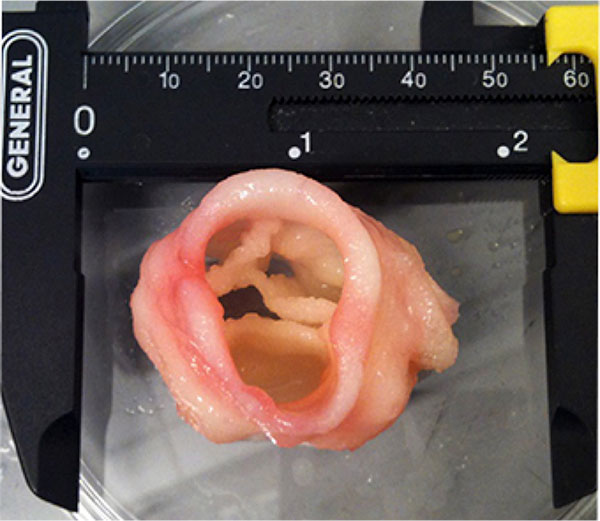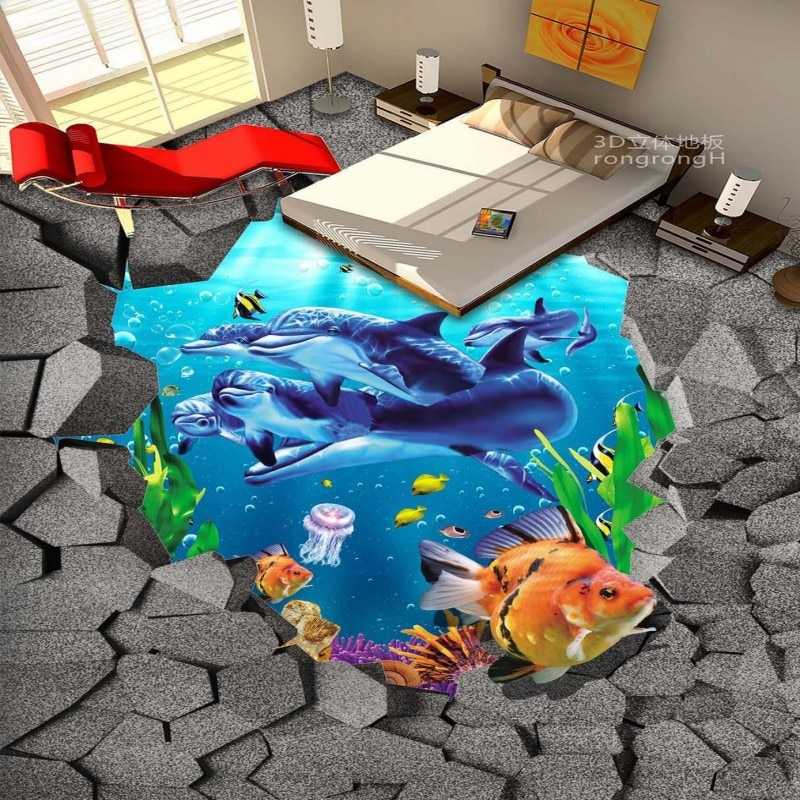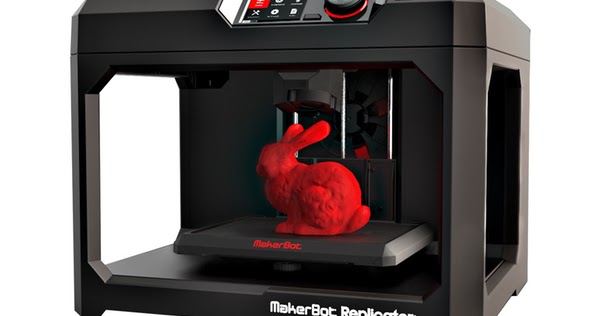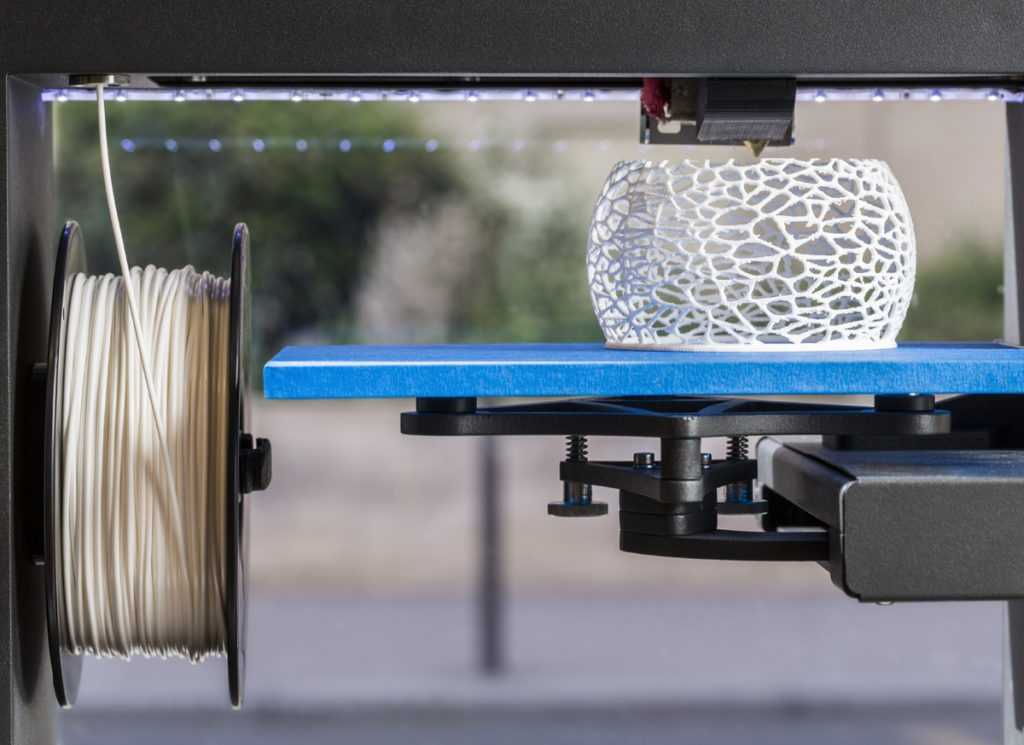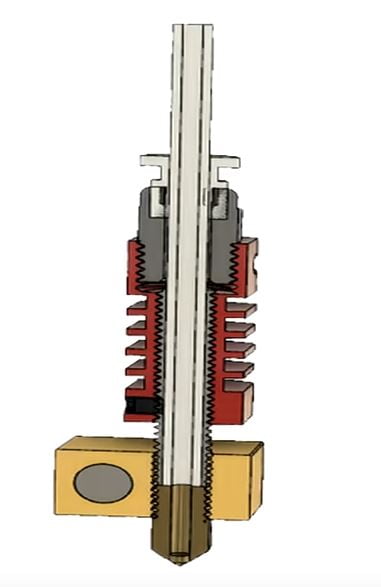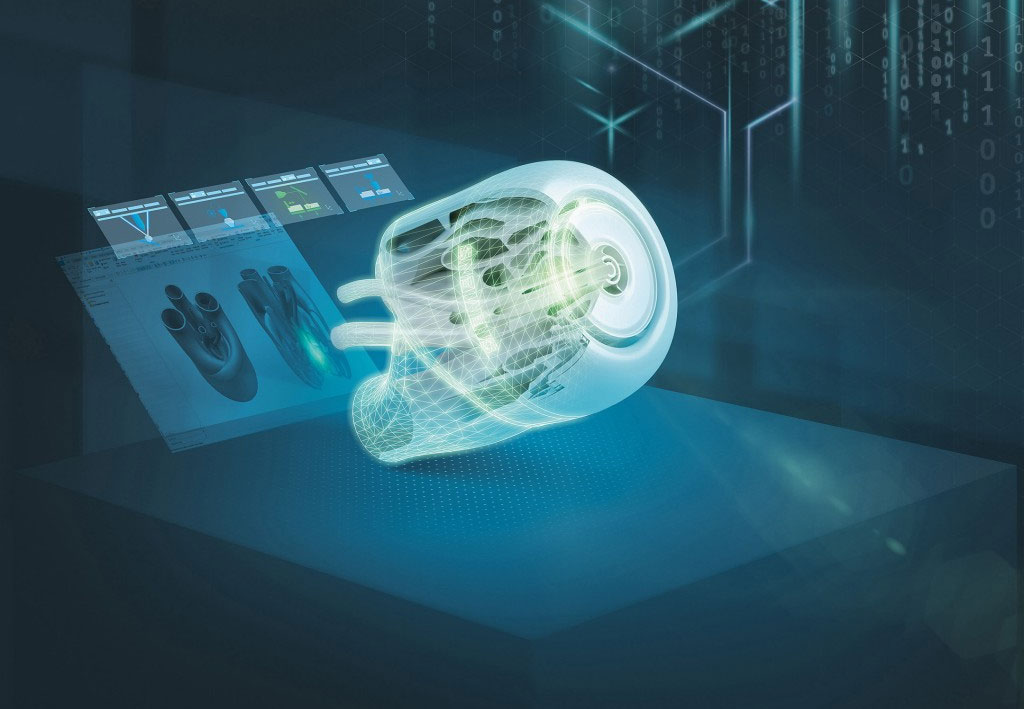3D printing valves
Start-up which 3D-printed lifesaving ventilator valves may face legal action
March 18, 2020updated 20 Mar 2020 2:16pm
Italian 3D printing start-up Isinnova has saved the lives of ten Covid-19 patients after developing a replacement ventilator valve when supplies at Chiari hospital in Brescia ran dry.
By Chloe Kent
The valves were printed using a filament extrusion system on location at the hospital. Credit: Cristian Fracassi via FacebookItalian 3D printing start-up ISINNOVA has saved the lives of ten Covid-19 patients after developing a replacement ventilator valve when supplies at Chiari hospital in Brescia ran dry.
However, the firm may now be facing legal action from the manufacturer of the original part, according to Italian newspaper La Stampa.
The Bresica region of Italy has been hit hard by Covid-19, and valves were urgently required so that intensive care patients could be placed on ventilators, but Chiari’s regular supplier wasn’t able to provide the devices in time.
Digital fabrication company FabLab founder Massimo Temporelli was then contacted by the editor of the Giornale di Bresica to see if the part could be 3D-printed instead.
Through a network of additive manufacturers, word eventually reached local 3D printing start-up Isinnova founder & CEO Cristian Fracassi. Fracassi delivered a 3D printer directly to the hospital and was able to redesign and produce a new valve piece within just six hours.
The valves were printed using a filament extrusion system on location at the hospital. This involved pelting plastic wire and depositing it layer-by-layer to make the final product.
More valves were later printed by another local firm, Lonati, using a polymer laser powder bed fusion process and a custom polyamide-based material. In this process, a laser is used to melt and fuse a powder together to build up layers of an object.
When Isinnova contacted the manufacturer of the original valves for blueprints it could use as replicas, the company allegedly declined the request and threatened to sue for patent infringement.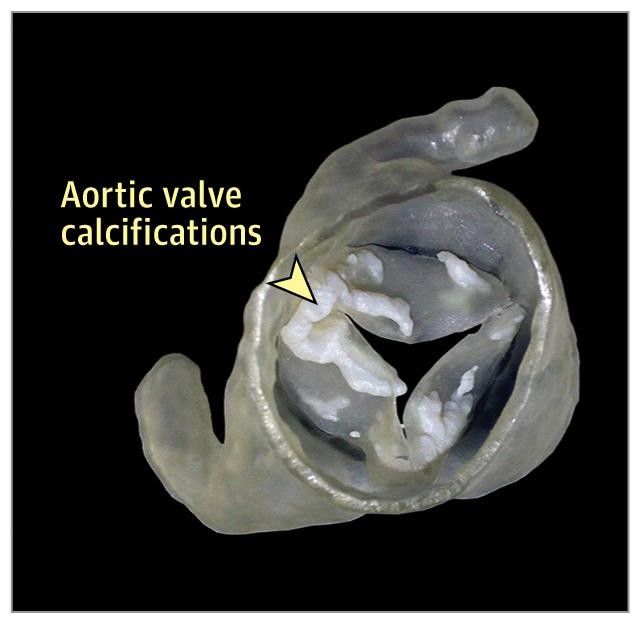 Fracassi and his colleague Alessandro Ramaioli chose to move ahead anyway by measuring the valves and 3D-printing three different versions to test.
Fracassi and his colleague Alessandro Ramaioli chose to move ahead anyway by measuring the valves and 3D-printing three different versions to test.
Speaking to TPI, Fracassi said: “I have lawyers who are evaluating the matter. I am not dealing with it personally because I prefer to devote myself to [the 3D designs]. There were people in danger of life, and we acted.
“We have no intention of profiting from this situation. We are not going to use the designs or product beyond the strict need that forced us to act.”
It is unclear how durable the 3D-printed valves are or whether they can be sterilised or reused. However, considering the original part retails at around $11,000 and the 3D-printed parts cost just $1 to make, manufacturing more shouldn’t be a significant difficulty.
Some commentators have criticised the actions of the engineers, as the valves were used without safety certification being acquired.
Speaking to La Stampa, Temporelli said: “When there’s no time and people are risking their lives, you can’t stop because of bureaucracy. ”
”
Other medical facilities throughout Italy have now been in contact with the engineers regarding ventilator valve shortages.
Researchers 3D print regenerative heart valves that grow with patients
0Shares
Researchers from the Technical University of Munich (TUM) and the University of Western Australia are developing 3D printed artificial heart valves made from a patient’s own cells that grow as the individual ages.
The approach hopes to overcome the drawbacks of conventional prosthetic heart valves, which only last a limited number of years and therefore require multiple replacement surgeries.
Lead by TUM professor Petra Mela and Elena De-Juan-Pardo of the University of Western Australia, the team leveraged a melt electrowriting 3D printing process to create porous scaffolds made up of a patient’s own cells which can grow as the patient does.
Fabricating the 3D printed heart valves. Image via Advanced Functional Materials.Melt electrowriting 3D printing
Melt electrowriting is an advanced additive manufacturing technology capable of depositing predefined micrometric fibers, and works by combining an applied electric field, temperature, and pressure to create a charged jet of molten polymer.
The researchers used the technique to deposit microfibers less than one-tenth the thickness of a human hair with extreme precision in a predefined pattern, giving the resulting fibrous scaffolds “excellent” features.
Melt electrospinning provides significant advantages over other fiber-forming techniques such as conventional electrospinning, as it enables the fabrication of scaffold with tunable mechanical properties, macro-porosities, and patterns for a wide range of applications, including implant tissue engineering and disease modeling.
The technique has been deployed within a biomedical context before, having been used by MIT to grow highly uniform cell cultures with particular characteristics and by the University Medical Centre (UMC) Utrecht to produce 3D bioprinted tissues that can be implanted into a living joint affected by arthritis.
Melt electrowriting also powers a 3D printer with “eyes and brains” developed by the Queensland University of Technology, which integrates artificial intelligence (AI) and machine learning (ML) to manufacture customized medical implants.
3D printing artificial heart valves
According to the World Health Organization (WHO), cardiovascular diseases are the leading cause of death globally, with valvular heart disease being the third leading contributor to cardiovascular disorders worldwide.
Currently, if damaged heart valves cannot be repaired, current treatments involve implanting a prosthetic valve which should ideally remain in the patient for the whole of their lifetime. However, such valves have a limited lifespan and so patients must undergo multiple surgical interventions to replace them. This problem is particularly prevalent in young pediatric patients, as they require new valves as their bodies grow.
The research team’s regenerative approach to heart valve tissue engineering sought to overcome the limitations of current mechanical and biological valve prostheses by fabricating a valve with the ability to grow and remodel with the patient. To achieve this, they needed to print the scaffolds with adequate porosity to enable the cells to infiltrate the structure and thrive.
To achieve this, they needed to print the scaffolds with adequate porosity to enable the cells to infiltrate the structure and thrive.
The team used an in-house melt electrowriting 3D printer to create heart valve implants that mimicked the various tissue structures of an individual patient’s own aortic heart valve. The team’s digital platform 3D printed complex patterns which were then composited with tubular microporous hydrogel scaffolds.
The resulting printed structure was capable of withstanding the demanding functions of a heart valve while remaining porous enough to allow the patient’s own cells to colonize the scaffold and proliferate. The team tested the capabilities of their artificial heart valve by creating a mock circulatory system and subjecting it to the same pressure and flow rates that a natural heart valve would endure.
According to the team, the results of the testing phase were promising, with the valve satisfying ISO standards. While the results were encouraging, the team acknowledges the tests are not predictive of the valve’s long-term functionality, for which in vivo studies will be conducted to evaluate the scaffold’s remodeling process and degradation rate, among other factors.
For now, the researchers see their 3D printed heart valves as demonstrating a “pioneering proof-of-concept” for an off-the-shelf complete heart valve construct that could pave the way for other soft tissue engineering applications.
Further information on the study can be found in the paper titled: “Spatially heterogeneous tubular scaffolds for in situ heart valve tissue engineering using melt electrowriting,” published in the Advanced Functional Materials journal. The study is co-authored by N. Saidy, A. Fernandez-Colino, B. Heidari, R. Kent, M. Vernon, O. Bas, S. Mulderrig, A. Lubig, J. Rodriguez-Cabello, B. Doyle, D. Hutmacher, E. De-Juan-Pardo, and P. Mela.
Design and fabrication of tubular, spatially heterogeneous scaffolds for heart valve tissue engineering. Image via Advanced Functional Materials.As the capabilities of bioprinting have improved, additive manufacturing has been leveraged for similar heart-related regenerative medicine applications in the past.
Back in 2020, researchers from the University of Minnesota worked with medical technology firm Medtronic to develop customizable 3D printed patient-specific heart valve models. The models were designed to help surgeons better prepare for minimally-invasive surgical procedures in order to improve the outcomes for cardiovascular patients.
Around the same time, researchers from Carnegie Mellon University developed their own 3D bioprinting method to produce full-size human heart models for surgical training and planning applications.
More recently, researchers from the Chinese Academy of Sciences 3D printed a beating heart that remained alive for six months using a six-axis robotic arm converted into a 3D bioprinter. According to the team, the 3D printed cardiac tissue could demonstrate a feasible method of bioprinting functional tissues and organs in the future.
Subscribe to the 3D Printing Industry newsletter for the latest news in additive manufacturing. You can also stay connected by following us on Twitter and liking us on Facebook.
You can also stay connected by following us on Twitter and liking us on Facebook.
Looking for a career in additive manufacturing? Visit 3D Printing Jobs for a selection of roles in the industry.
Subscribe to our YouTube channel for the latest 3D printing video shorts, reviews and webinar replays.
Featured image shows fabricating the 3D printed heart valves. Image via Advanced Functional Materials.
Tags A. Fernandez-Colino A. Lubig B. Doyle B. Heidari Carnegie Mellon University Chinese Academy of Sciences D. Hutmacher E. De-Juan-Pardo Elena De-Juan-Pardo J. Rodriguez-Cabello M. Vernon Medtronic MIT N. Saidy O. Bas P. Mela Petra Mela Queensland University of Technology R. Kent S. Mulderrig Technical University of Munich TUM University Medical Centre Utrecht university of minnesota University of Western Australia world health organization
Hayley Everett
Hayley is a Technology Journalist for 3DPI and has a background in B2B publications spanning manufacturing, tools and cycling.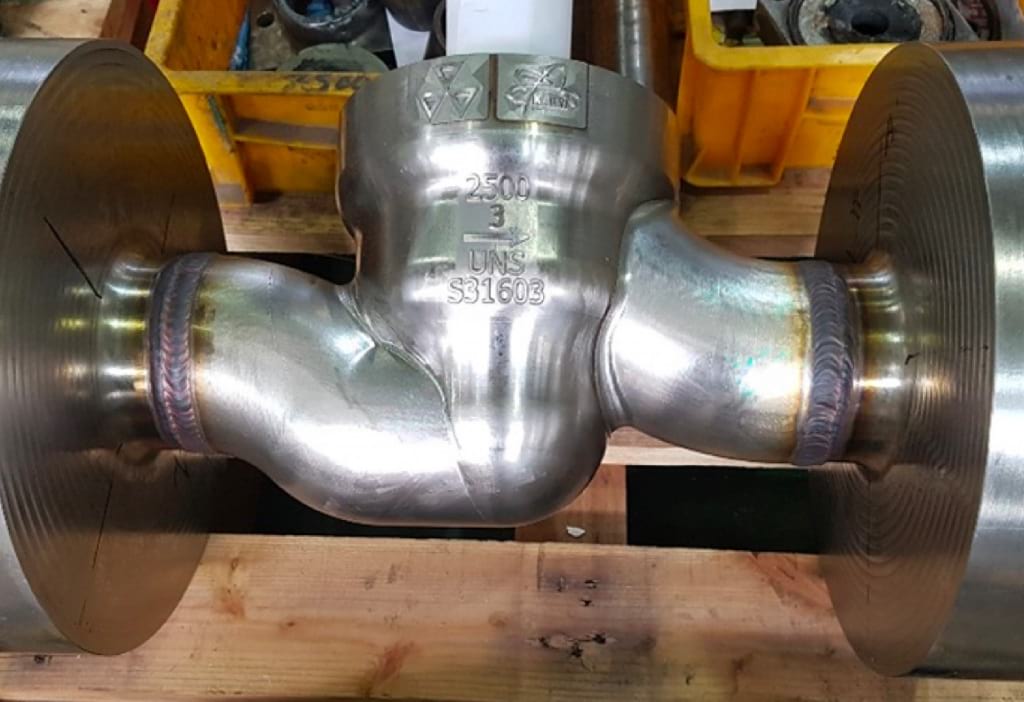 Writing news and features, she holds a keen interest in emerging technologies which are impacting the world we live in.
Writing news and features, she holds a keen interest in emerging technologies which are impacting the world we live in.
Pinch valves for 3D printing and contouring
Industrial 3D printing is the 3D printing of a product based on pre-produced digital CAD data. This uses a variety of materials, which are applied in layers using a robot arm with an attached nozzle. This way, layer by layer, the desired shape or designed product appears. This technology allows companies to reduce the cost of producing complex shapes or prototypes.
The flow of materials (eg pellets or shielding gases) during production is controlled by different valves.
Industrial 3D printing is significantly different from commercially available home printing solutions. Industrial 3D printing requires much more complex installations, which in turn place special demands on the installed valves. The industry uses a variety of 3D printing methods, which allows them to constantly expand their range of applications.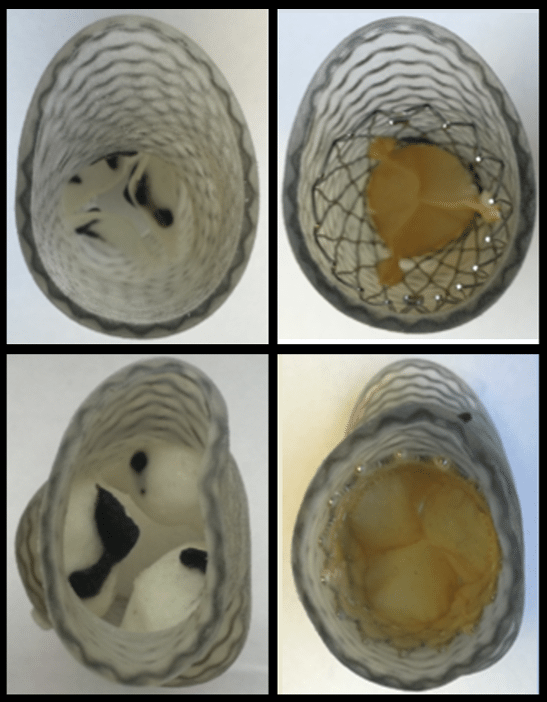
With advanced rapid prototyping technology, more companies are able to produce prototypes, zero-series, and complex custom designs faster and cheaper. In the future, this will also make small-scale production and the production of spare parts more efficient, demand-oriented and flexible. Crucial here is that with 3D printing, for example, there is no need to make molds or change injection molds, which is a significant proportion of the total production costs.
In addition, 3D printing makes it possible to produce complex shapes (for example, with undercuts or embedded channels or cavities), which were not possible with previous production methods.
As mentioned above, modern 3D printers are able to produce complex shapes from different materials.
With some printing methods, the final product is printed in layers over the entire surface, and the material used for stabilization after curing is sucked or blown. Removal of excess material in a number of 3D printers is carried out using AKO pinch valves.
Contour construction is a special kind of 3D printing. This technology is mainly used in construction, for example, for the computerized erection of entire buildings.
Similar to the method already described, only on a much larger scale, the contours of a digitally modeled building are applied layer by layer using a special spray nozzle. Pinch valves from AKO Armaturen, among other things, regulate the supply and dosing of special concrete through the nozzles. The durable and anti-abrasive pinch valve sleeve guarantees a long service life of the pinch valve even when working with abrasive building materials. Another advantage of pinch valves for circuit construction is the clog-proof design. Thanks to the smooth inner surface of the flexible sleeve and the surface changes resulting from the action of the opening and closing mechanism, material stuck and hardened inside the valve is immediately removed.
Find out more about the use of VMP pinch valves in contour construction - 3D printing of buildings.
Read more about the Subsimmed VMP valves in contour construction ...
ago to review
Send a request
Technical Documentation
Leader of the world market
9000 38 years old Family company600Nom
20,000 customers worldwide
Unique delivery service
<0.2 %of the complaints
> 99 %of satisfied customers
30 DEALLER LIGHT
The largest range of products
10.000 A hose reinforcement options
2.500 Variants in stock
9000,100,000 -dialing units Comprehensive service package80CAD format
32 installation videos and animations
16 language documentation
3D printed regenerative heart valves that grow with patients
Researchers at the Technical University of Munich and the University of Western Australia are using 3D printing technology to develop artificial heart valves made from a patient's own cells that grow as they age.
This approach overcomes the shortcomings of conventional prosthetic heart valves, which last only a limited number of years and therefore require multiple replacement surgeries.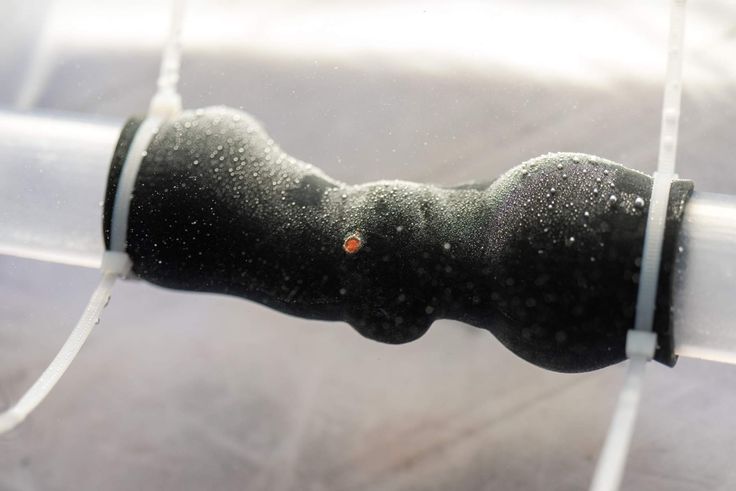
Scientists used a melt electroforming 3D printing process to create a porous scaffold* from a patient's own cells. Melt electrospinning is an advanced additive manufacturing technology for depositing predetermined micrometric fibers that works by combining an applied electric field, temperature and pressure to create a charged jet of molten polymer.
The researchers used this technology to apply microfibers less than one-tenth the thickness of a human hair with extreme precision in a predetermined pattern, giving the resulting fiber scaffolds the desired characteristics.
Melt electrospinning* provides significant advantages over other fiber forming methods such as conventional electrospinning as it allows the fabrication of scaffolds with customized mechanical properties, macroporosity and pattern for a wide range of applications including implant tissue engineering and disease modeling.
Currently, if damaged heart valves cannot be repaired, current treatments include the implantation of a prosthetic valve, which should ideally remain in the patient's body for the rest of their lives. However, the service life of such valves is limited, so patients have to undergo numerous surgical interventions to replace them. This problem is especially relevant for pediatric patients, as they require new valves as their bodies grow.
However, the service life of such valves is limited, so patients have to undergo numerous surgical interventions to replace them. This problem is especially relevant for pediatric patients, as they require new valves as their bodies grow.
The research team's regenerative approach to tissue engineering of the heart valve aims to overcome the limitations of existing mechanical and biological prostheses by fabricating a valve that can grow and change with the patient. To do this, it was necessary to print a scaffold with sufficient porosity so that the cells could penetrate the structure and develop.
The team used a melt-blown 3D printer to create heart valve implants that mimic various tissue structures in a patient's own aortic heart valve. The digital platform printed complex patterned structures, which were then connected to tubular microporous hydrogel scaffolds.
The resulting printed structure was able to withstand the complex functions of a heart valve while remaining porous enough for the patient's own cells to colonize and proliferate.